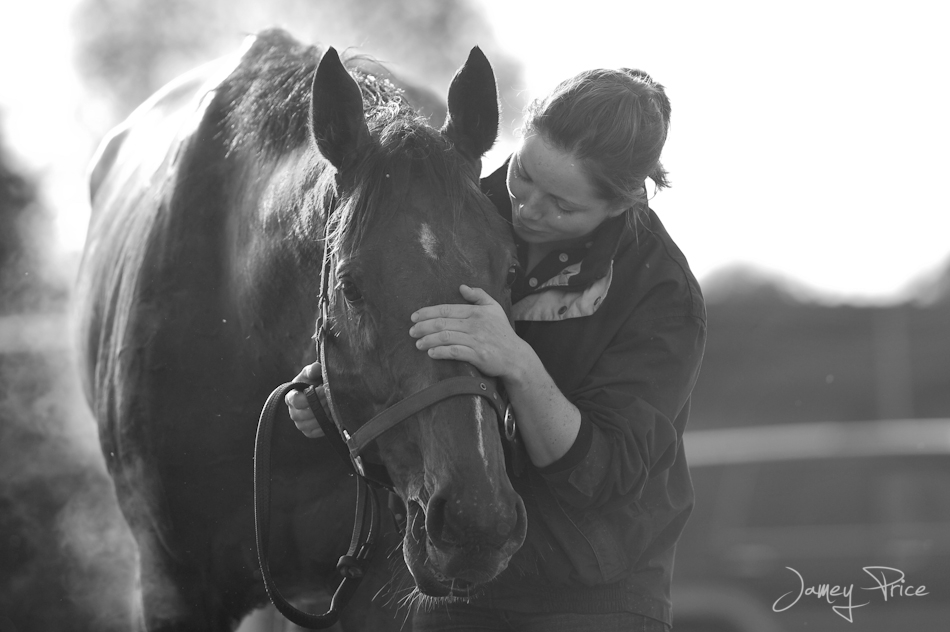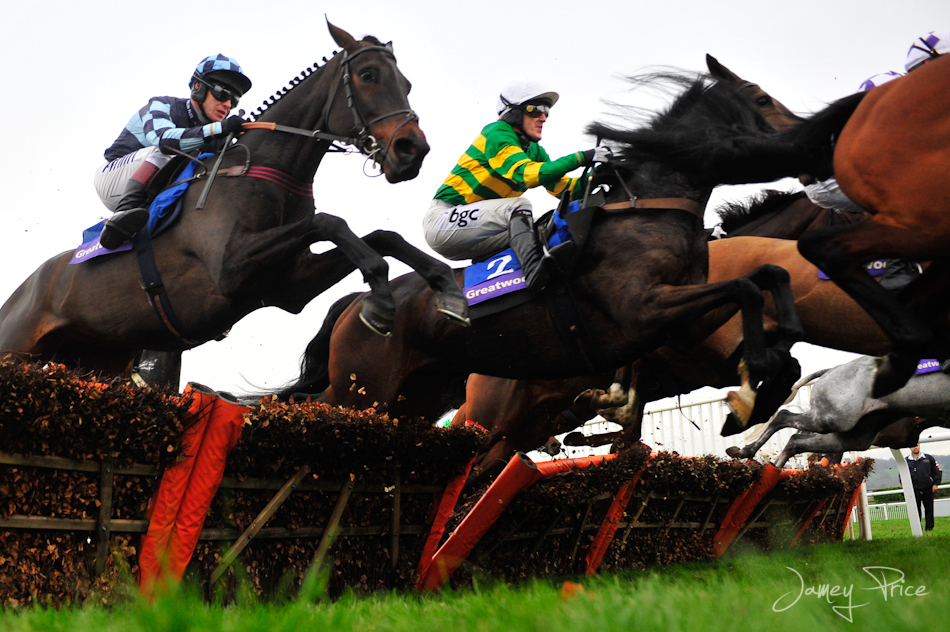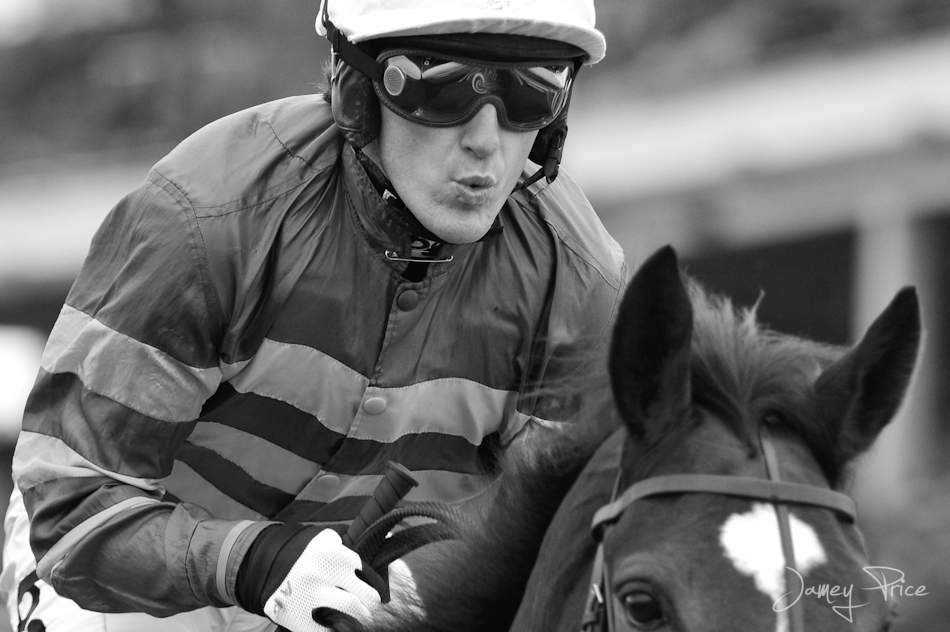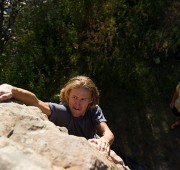Steeplechasing – Color. Speed. Danger. Detail.
Steeplechasing is the perfect sport for photographers to embrace. Color. Speed. Danger. Detail. These are all things sports photographers yearn for in a sport.
Briefly, Steeplechasing is an organized form of horse racing that was born in Ireland during the 1700’s that has since migrated to the East coast of the United States. Steeplechasing in America has its roots in Maryland and Virginia where Presidents George Washington and Thomas Jefferson both competed as amateurs at organized foxhunt races which were the precursors to modern steeplechasing. Today, professional jockeys ride thoroughbred race horses for 2 miles or more around turf (grass) courses while jumping a number of man made plastic brush fences or post and rail timber fences. Steeplechasing is a dangerous but exciting sport where athletes are pushed to the limit mentally and physically. As a spectator and photographer, it is very different from attending a race day at one of the country’s many flat tracks such as Keeneland, Santa Anita or Churchill Downs. Though I say this with a great deal of bias, attending a jump race is a far more enjoyable experience than a day at a flat track.

Though I am a full time professional sports photojournalist, my involvement and love of steeplechasing began as a young boy, far before I ever picked up a camera. I would set up stacks of pillows in the back hall of our house and jump them pretending I was a steeplechase horse. As I grew older and started riding horses at local barns, I fell in love with the animals and their incredible power and strength. I started riding steeplechase races at the age of 18, and 5 years later, I have completed 37 races and had 11 wins to my career. Though I continue to have a successful career as an amateur jump jockey, I have also had the privilege of using my unique vantage point into the world of jump racing to make incredible photos of scenes that others may have missed, not known was going on or didn’t understand.

Having spent the last 5 months of 2010 working in England and Ireland riding horses and shooting steeplechase racing gave me a great base of experience to bring home to the United States. In my time across the pond, my work was published 4 times with the highlight being a cover page on the Racing Post, the worlds largest horse racing publication.

To get the kind of steeplechasing photos that will make heads turn, you need to approach the sport with a little bit of a different angle. As with any sport, there are photographers by the dozen who are out there shooting at f8 and don’t bother to look around them for images or moments that stand out. So with that in mind, here are a few tips for action photos at a steeplechase race.
1. Watch. Look. Listen. One of the editors I worked with during my time at the Charlotte Observer gave me a great piece of advice. Put the camera down for 5 minutes and use your senses! They will often lead you to the best images. Watch a race to understand what is going on. Then go grab the camera and start shooting.

2. Not credentialed? SO WHAT? Steeplechasing is like no other sport. In many cases the fans can get photo angles that the professional credentialled photographers can’t. Do not use the excuse that you can’t get nice images because you don’t have credentials. Use the details around you to your advantage. Believe me, in many cases you will be plenty close enough to the action.

3. Prepare for the worst weather. Steeplechasing is a sport that runs rain or shine. You may get lucky and get a perfect spring or fall day to enjoy the races. But as we all know, spring, and especially April and May, can bring some wild weather. Pack rain gear for you and your camera if there is ANY chance of inclement weather. But while it may be wet and nasty out, the horses will still be running. I am a FIRM believer that rain makes for better photos. Mud covered horses and riders can bring drama to a normally boring photos. It also makes for some killer black and white photos
 .
.
4. Bring a variety of lenses. Sometimes you’re so close to the action that the 70-200 is too long. Go with a zoom lens that can go wide or long and you’ll be able to cover more action. Though the action will generally be far closer to you than it would be at Santa Anita, there will still be instances where a zoom lens will be handy.

5. Learn the sport. I can’t stress this enough. You wouldn’t go to a basketball or football game without having some idea of the rules, rate of play or general basics of the sport. Though the basics of horse racing is all the same, (first horse to the finish line wins) there is obviously a great deal more to it than that. Know where the jumps are and definitely know what kind of jumps the horses will be racing over as there are two kinds of steeplechase fences. (Hurdle racing runs over black plastic brush fences and Timber racing over post and rail wooden fences). Know how many times the horses will run past you too. The first time they come by, the action will be less intense. Jockeys will be struggling to hold a horse back from running it’s race too early. However, by the second or even third time around, horses will be in full sprint, jockeys may be screaming and yelling and everyone’s exhaustion levels will be at peak. Know what is going on and you will be better prepared to capture the moment.

If you are interested in attending a steeplechase race in your area, please visit www.nationalsteeplechase.com for the jump racing schedule and links to the event websites. It is worth noting that steeplechase races are non profit events with proceeds going to local charities.
…and remember that I am an amateur jockey so if you happen to snag a photo of me riding, let me know!!! I do buy prints!
 23 year old Jamey Price is a professional sports photojournalist based in Charlotte, North Carolina. His work has been featured around the globe in publications including the Charlotte Observer Newspaper, F1 Racing Magazine, South Park Magazine, Living North Magazine, and the Racing Post. To see more of Jamey’s sports images, visit http://www.jameypricephoto.com.
23 year old Jamey Price is a professional sports photojournalist based in Charlotte, North Carolina. His work has been featured around the globe in publications including the Charlotte Observer Newspaper, F1 Racing Magazine, South Park Magazine, Living North Magazine, and the Racing Post. To see more of Jamey’s sports images, visit http://www.jameypricephoto.com.











No comment posted yet.